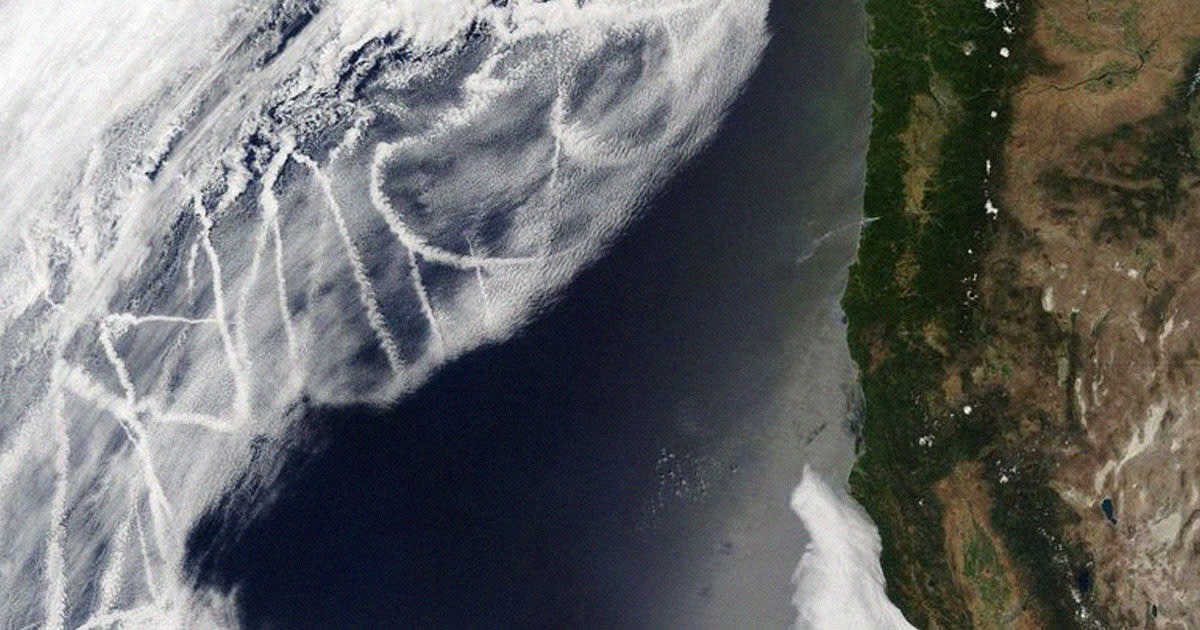Oops! Geoengineering Trick to Cool Brutal Heat Could Spike Temperature Elsewhere, Scientists Say

Brighter Clouds Ahead
Researchers are warning that geoengineering efforts to help cool temperatures in California could trigger heatwaves in Europe, a "scary" implication given the sheer lack of regulation controlling such measures across the globe.
As The Guardian reports, scientists have suggested spraying aerosols into clouds over the ocean to cool down the surface below, a practice called "marine cloud brightening." As the name suggests, the idea is to brighten clouds to make them reflect more of the Sun's radiation back into space.
Last month, a team of University of Washington researchers attempted to do just that in the San Francisco Bay using a machine that sprays tiny sea-salt particles, amid criticism from environmentalists. The experiment was later shut down by city officials, citing health concerns.
Now, as detailed in a study published in the journal Nature Climate Change today, it turns out the practice could have unintended consequences. While under present-day conditions it may reduce heat exposure significantly, the "same interventions under mid-century warming minimally reduce or even increase heat stress in the Western United States and across the world."
In other words, while it may work now, given worsening conditions, that equation may flip on its head by the year 2050, highlighting the potential risks of geoengineering.
"It shows that marine cloud brightening can be very effective for the US West Coast if done now, but it may be ineffective there in the future and could cause heatwaves in Europe, " team lead and UC San Diego oceanographer Jessica Wan told The Guardian.
Darker Skies
The team examined computer models of the climate in 2010 and 2050. They simulated geoengineering operations in the north-eastern Pacific and near Alaska, but found that "teleconnections," which link climate systems in disparate parts of the world, may actually make the situation worse instead of better by the latter half of the century.
While heat exposure could be dropped by 55 percent under current conditions near Alaska, results would be diminished considerably by 2050 due to fewer clouds and higher base temperatures. In California, however, geoengineering could actually trigger temperatures to climb — not fall — in other parts of the world.
That's because the Atlantic Meridional Overturning Circulation (AMOC), a prominent surface-to-deep current that circulates water within the Atlantic and can affect atmospheric weather, could be slowed down.
The researchers are hoping to highlight the glaring lack of international regulation controlling geoengineering efforts.
"There is really no solar geoengineering governance right now," Wan told The Guardian. "That is scary. Science and policy need to be developed together."
More on geoengineering: Scientists Working on Desperate Plan to Refreeze Arctic

